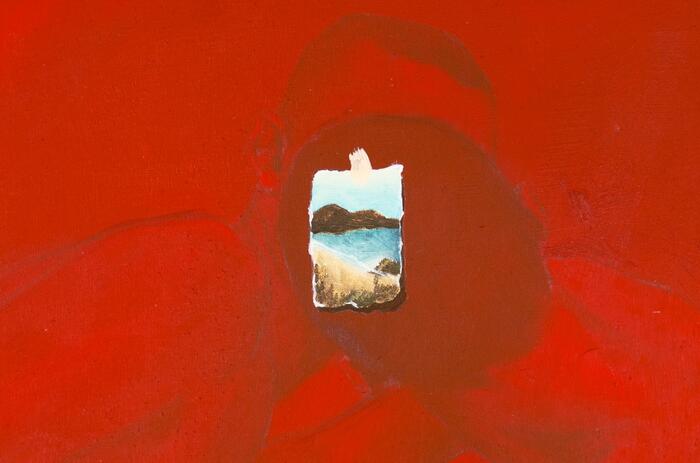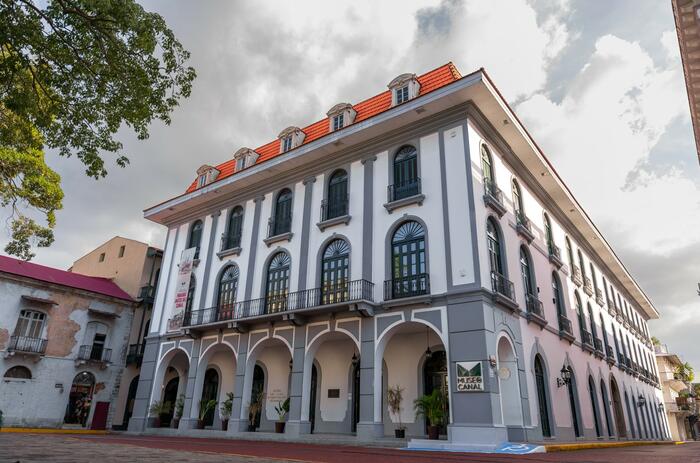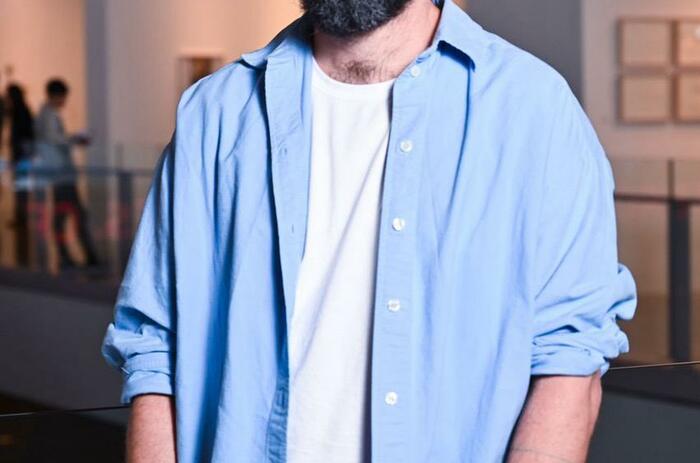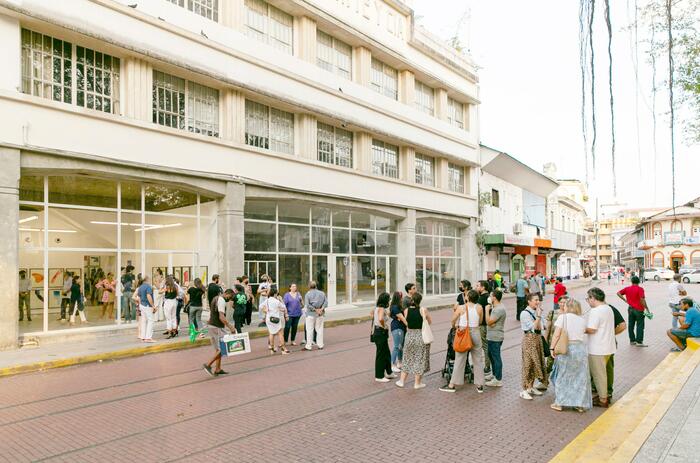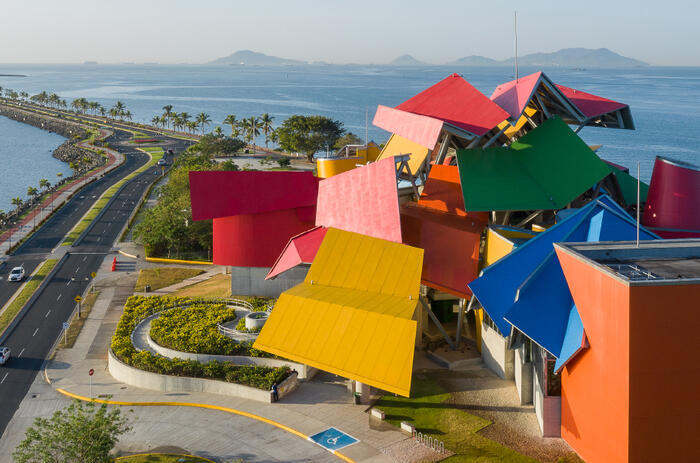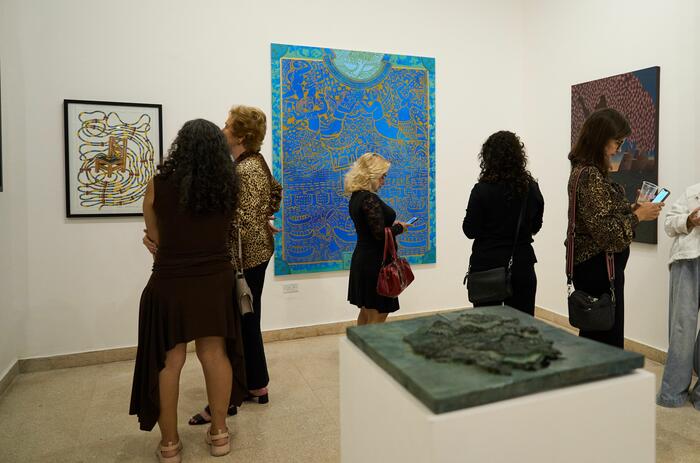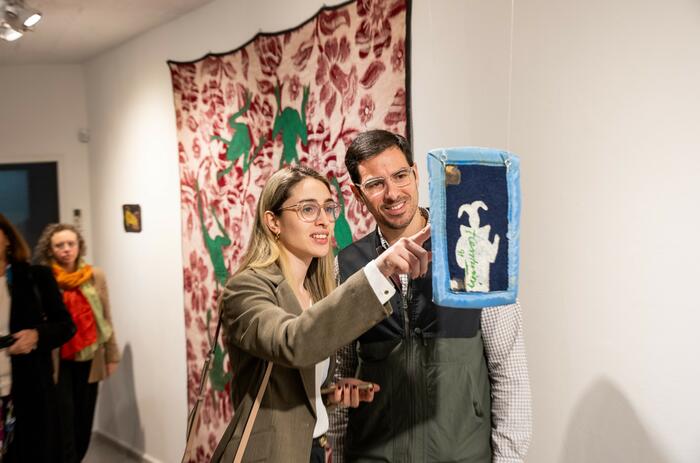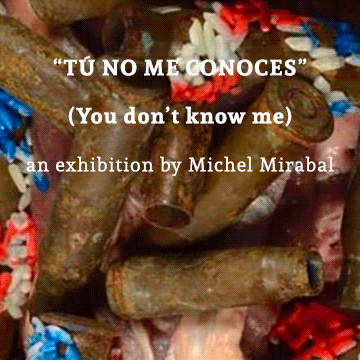A DISPLAY OF PANAMANIAN DREAMS: ACTIVATIONS IN THE CITY OF ART
As part of Pinta Panamá Art Week, Lo que sueña toda vida takes place—an exhibition project that reflects on ways of living in the Central American country. Curated by Juan Canela and Emiliano Valdés, the program features a series of artistic actions by Felipe Gómez and Jonathan Harker, the Enlaces Program, Libertad Rojo, and Humberto Vélez.
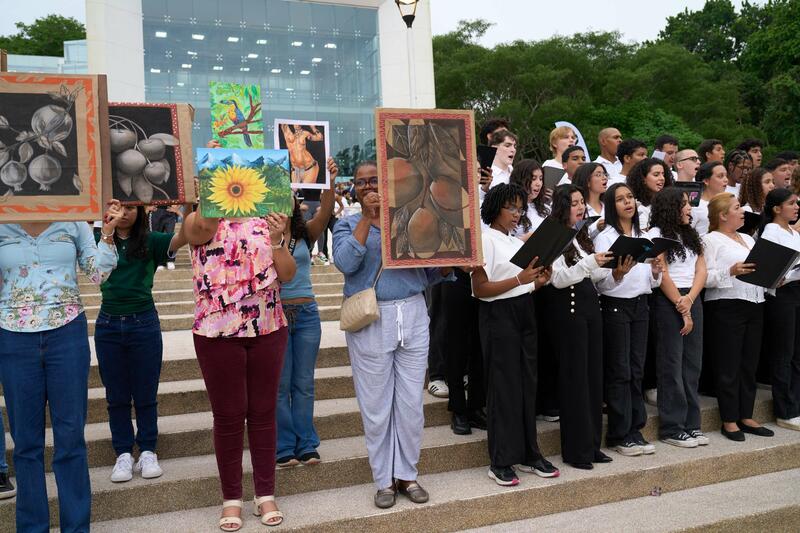
Opened as part of the official launch of Pinta Panamá, the exhibition establishes a direct dialogue with the spatial, urban, and environmental characteristics of Ciudad de las Artes—where it is being shown—and of Panama City at large. While each project maintains its autonomy, they all share concerns about the possibilities and tensions of the local context. The participating artists explore how to live amid complex conditions and respond with what they dream.
Lo que sueña toda vida is presented as an expression of what is one’s own—art that emerges from and for the country. It speaks to the international audience gathered for the fair as much as to local publics, inviting all to reflect on Panamanian culture from within, through its voices and dreams.
La vida que nos dieron (2025) is a dance piece created by young people from the Santa Ana neighborhood as part of the Enlaces program of Fundación Espacio Creativo. Through movement, the body, and the collective, the work expresses their desire to deserve a dignified future despite everyday challenges. On stage, they claim a place from which to be seen: within Panama—where the artistic field is still taking shape—and in the global circuit, as active agents in transforming their environment through creation.
Felipe Gómez and Jonathan Harker’s proposal begins with a sound recording of bodies in motion. In collaboration with musicians Carlos Urriola and Iñaki Iriberri, they present El espacio que nos dieron (2025), a sound installation that amplifies the noise of dance as a form of resistance. The piece is accompanied by Los que mudan piel (2025), a series of suspended canvases where faces appear and disappear in the breeze, and La tinta no secó (2025), a sculpture resembling a drop of ink suspended above old printing machines. Together, the works reflect on transformation, identity, and the possibility of inhabiting instability.
-
Pinta Panamá
Libertad Rojo, in turn, invites visitors to walk the landscape with Protocolos poéticos para caminar (2025), a self-guided experience through the Metropolitan Natural Park, adjacent to Ciudad de las Artes. A small publication offers playful exercises to explore the surroundings through intuition, while a giant fanzine installed in the park collects words and drawings shared by visitors, creating a collective collage of personal journeys.
The exhibition concludes with Ciudadanos del arte, a performance by Humberto Vélez featuring students and teachers from the Narciso Garay National Institute of Music, the national schools of Dance and Visual Arts, and the National Directorate of Artistic Education of the Ministry of Culture—all based in Ciudad de las Artes. As Vélez explains, it is an experience that reflects on art education and the need to approach it with rigorous passion, commitment, and a strong sense of citizenship.

